This painting by Antoine Ponthus-Cinier perfectly illustrates the mastery of historical landscape characteristic of the19th-century Lyonnais artist. The composition depicts Crémieu with its fortress perched on a rocky spur, overlooking a valley bathed in soft, golden light. In the foreground, a female figure walks along a stony path, adding a human and narrative dimension to the scene.
Ponthus-Cinier, influenced by his stay in Italy and by the Neoclassical school, favored compositional balance, precise drawing, and clarity of light. The palette, dominated by deep greens, ochres, and blues, gives the landscape both a realistic and idealized atmosphere. The fortress, avestige of the past, stands within a majestic natural setting, highlighting the dialogue between history and landscape. This work reflects the artist’s attachment to the Lyon region and the tradition of decorative landscape, while revealing a Romantic sensibility in the treatment of sky and light.
Enrolled at the École des Beaux-Arts de Lyon in 1829, Antoine Ponthus-Cinier does not appear to have attended. Trained by Paul Delaroche, he won second prize in the Grand Prix de Rome in 1841 with Adam and Eve Driven from the Earthly Paradise. He spent two years in Italy, then returned to Lyon, exhibiting there from 1837 to 1885 and in Paris from 1841 to 1867, showing historical landscapes and landscapes (paintings, Indian ink, gouaches, watercolors, etchings). He traveled extensively in the Dauphiné, Dombes, Provence, the Alps, Savoy, and the Pyrenees, practicing Italianate Neoclassical landscape, animated with small figures. He was well known in Lyon and received many commissions. By will, he left the city of Lyon 50 washes, drawings, and an annuity of 1,000 francs for a prize in his name (annual “Decorative Landscape” competition) awarded by the École des Beaux-Arts de Lyon. His studio was sold in Lyon in March 1885. Today, the museums of Lyon, Chantilly, Chalon-sur-Saône, Besançon, Brou, and Chambéry hold works by the artist.























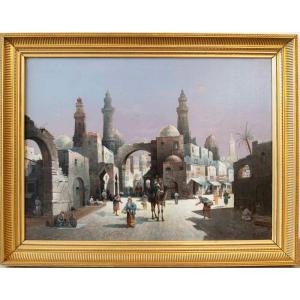

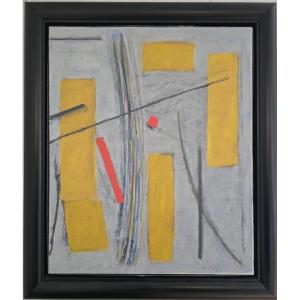

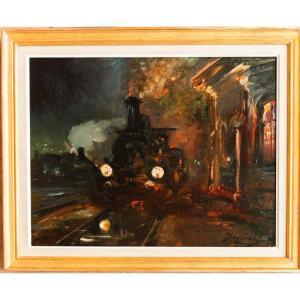




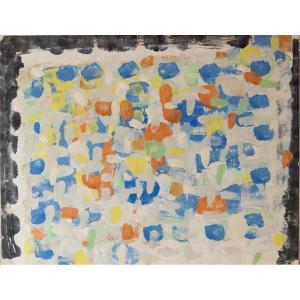

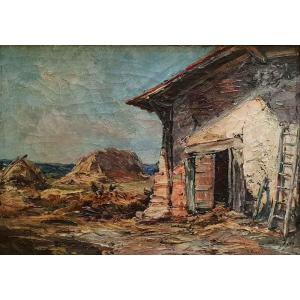



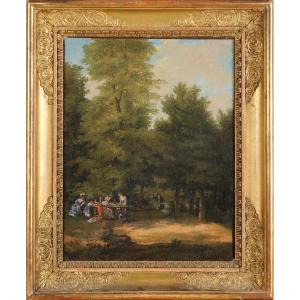
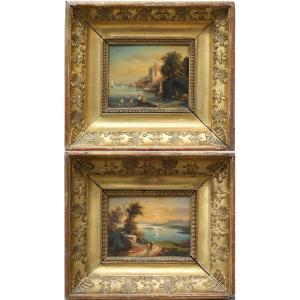




 Le Magazine de PROANTIC
Le Magazine de PROANTIC TRÉSORS Magazine
TRÉSORS Magazine Rivista Artiquariato
Rivista Artiquariato